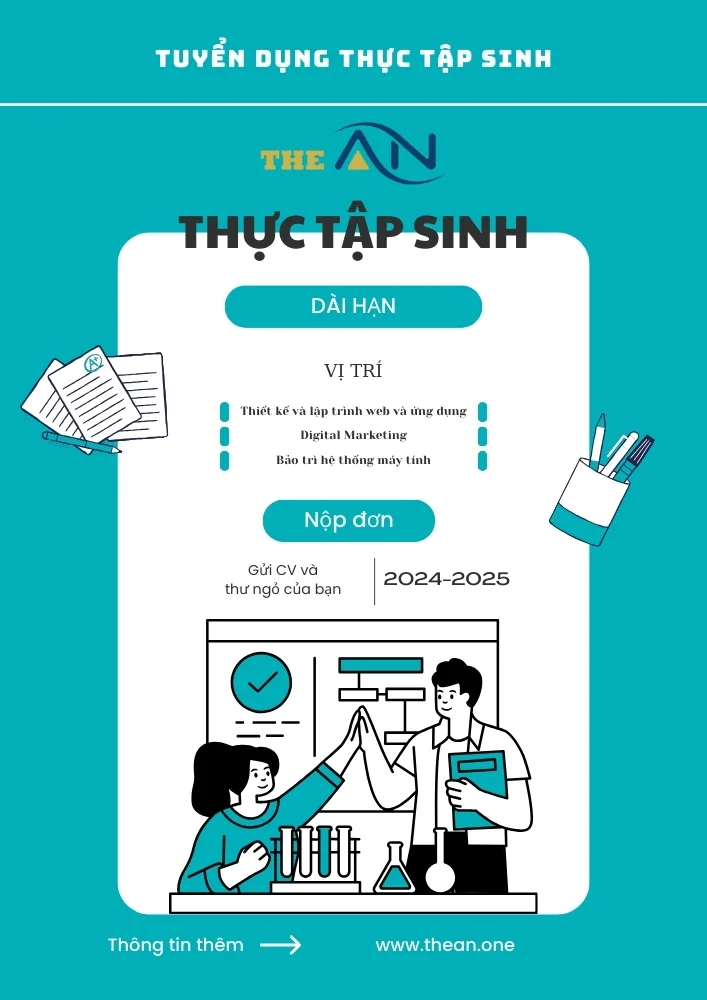Top 10 Strategic Predictions for 2022 and Beyond

It’s time to break up with your bad customers.
Organizations often try to keep customers at any cost — even when they aren’t a perfect fit. But trying to cater your product for the wrong audience is costly, emotionally and financially. Mounting frustrations will prompt organizations to acknowledge that it’s OK to say goodbye, making this move one of the top Gartner predictions for this year.
“Gartner’s top strategic predictions continue to offer a provocative look at what might happen in some of the most critical areas of technology and business evolution,” said Daryl Plummer, Distinguished VP Analyst and Gartner Fellow, during a presentation at Gartner Symposium/Xpo™ 2021. “More importantly, they help us understand that learning never ends, that learning from multiple perspectives is essential, and that learning is a shared responsibility.”
Gartner’s top predictions for 2022 and beyond reflect three main themes in the pandemic era: human centricity, resilience and the ability to reach beyond our expectations. Use them as assumptions for scenarios and strategic plans for the next three to five years.

Prediction No. 1: Synthetic data for better privacy
By 2025, synthetic data will reduce personal customer data collection, avoiding 70% of privacy violation sanctions.
As synthetic data, which is generated using AI techniques, grows in popularity, it can serve as a proxy for real data, reducing or eliminating risks of exposing private consumer information or sensitive data. Because it’s not real data, it lessens regulatory concerns and can actually provide more precise insights as AI can better model often-unpredictable customer behaviour. Synthetic data can be used to train and test AI models to handle unplanned disruptions, unexpected events and scenario planning — ultimately creating a more resilient organization.
Prediction No. 2: Consumers fight data collection
By 2024, 40% of consumers will trick behavior tracking metrics to intentionally devalue the personal data collected about them, making it difficult to monetize.
Consumers are now hyperaware of the amount of data that organizations collect, and to avoid becoming “the product,” they are actively trying to devalue and manipulate data being collected. As a result, consumers are increasingly using tactics like VPNs, false information or opting out of data collection altogether.
Prediction No. 3: Mining brain data
By 2027, a quarter of Fortune 20 companies will be supplanted by companies that neuromine and influence subconscious behavior at scale.
Neuromining (applying behavioral intelligence and related technology to analyze, understand and influence human behavior at scale) will enable organizations to gain a deeper understanding of consumers. This will drive better customer relationships and elevate employee engagement. As neuroscience continues to evolve, this technique will grow increasingly sophisticated and precise.
Prediction No. 4: Agile in; managers out
By 2024, 30% of corporate teams will be without a boss due to the agile and hybrid nature of work.
With agile adoption at 30% and hybrid work at 50% of an organization, about one-third of teams can operate without a traditional manager role. The pandemic has driven increased need for organizational resilience, driving more embedded agility within businesses. By definition, agile requires an environment of trust that doesn’t lend itself to traditional hierarchies. The increase in hybrid workforces reveals that a large portion of managers lack the skill set necessary to manage employees in remote or hybrid situations, and only 47% percent of employees believe that their manager can lead the team to success in the future.
Prediction No. 5: Africa: The next great startup hub
Through 2026, a 30% increase in developer talent across Africa will help transform it into a world-leading startup ecosystem, rivaling Asia in venture fund growth.
Over the past decade, venture capital flowing into Africa has continued to grow from both local and foreign investors. Kenya’s thriving tech scene has been dubbed the “Silicon Savannah” in East Africa and is home to the most cutting-edge startups on the continent. At the same time, the rise of information education channels for developers is making software development more accessible on a wide scale. In addition to an uptick in opportunities for startups, other countries are beginning to tap into the talent resources available in Africa.
Prediction No. 6: Modular business or bust
By 2024, 80% of CIOs surveyed will list modular business redesign, through composability, as a top-five reason for accelerated business performance.
Disruption is the new normal. Even pre-pandemic, organizations were dealing with trade wars, Brexit, climate change and a host of other internal and external challenges. Currently, 74% of organizations have some kind of modular or component-based technology implementation underway. Generally, organizations will be focused on flexibility and adaptability over stability in order to counter market volatility.
Prediction No. 7: The war on cyberattacks
By 2024, a cyberattack will so damage critical infrastructure that a member of the G20 will reciprocate with a declared physical attack.
While recent large-scale cybersecurity attacks on hospitals, governments and energy facilities have been considered crimes, the increasingly devastating fallout means they’ll soon be considered acts of war. An increase in regulation on a national level will highlight that enterprises cannot be solely responsible for limiting the scope of damage. Cyberattacks by non-state actors against critical infrastructure will eventually diminish in frequency and intensity as cybercriminals adjust to the reality of kinetic reprisals by military and intelligence agencies.
Prediction No. 8: Breakup with bad customers
By 2025, 75% of companies will “break up” with poor-fit customers as the cost of retaining them eclipses good-fit customer acquisition costs.
Organizations often accept poor-fit customers into the sales pipeline and attempt to retain them without adequately considering how costly those customers are for the organization. It costs time and money to satisfy poor-fit customers: for example, to customize offers or design solutions to suit them. As leaders understand more about those costs, they’ll become more comfortable with letting go of unproductive customers, given the drain on brand and long-term profits — not to mention the emotional toll on employees.
Prediction No. 9: Hyper-fixation on hyper-tokenization
By 2026, non-fungible token gamification will propel an enterprise into the top 10 highest valued companies.
Companies are quickly recognizing the potential of non-fungible tokens (NFTs) to grow business models and drive new revenue streams. Public blockchains are exponentially growing the ability to digitally connect value represented by tokens, bringing yet another wave of seemingly limitless opportunities in the digital world. Fungible and non-fungible tokens are driving a segment of this new phenomenon — called “hyper-tokenization.”
Prediction No. 10: More internet for less
By 2027, low-orbit satellites will extend internet coverage to an additional billion of the world’s poorest people, raising 50% of them out of poverty.
Establishing cellular bases in rural areas is expensive and inefficient. Low orbit satellites offer a cheaper, more flexible solution. They’re able to provide islands of connectivity, so networks can deploy directly where the customers are, rather than rolling out across a county in a linear fashion. Also, launching new satellites can be launched to address increased need. As the internet becomes more widely available, it will add billions of newly connected “netizens” shifting the internet in terms of content and culture.
Sources:: Gartner
The ÂN by BMA E-Commerce.
Looking for a custom web design? Then Contact the website designers at The ÂN in Vietnam via (+84).326.418.478 (phone, zalo, viber) or schedule a consultation.
Other useful information:









